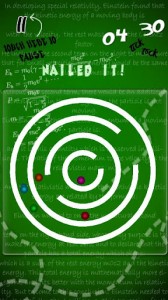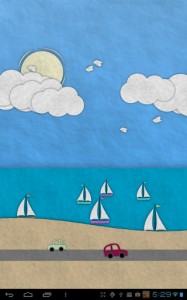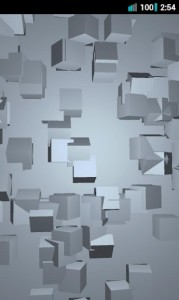I recently heard about Learning Java by Building Android Games, a new book by John Horton. John was one of the reviewers for OpenGL ES 2 for Android: A Quick Start Guide and helped me out when I was writing the book, so when I found out that he had a book of his own, I was happy to learn more.
John’s book is designed to teach a complete programming novice how to code by building game-based projects in Java. There are four projects in the book of steadily increasing complexity, with the last being a neat Snake clone with online leaderboards and achievements.
John has been hard at work, and also has another book due for publication in June titled Android Game Programming By Example which also focuses on game development. In this book, you’ll learn how to build three different 2D games, including an OpenGL ES 2 Asteroids clone, and a multi-level retro platform game.
On top of these two books, John has even been working on a website for game coding beginners with Java tutorials, information on game coding essentials, and he even has C++ tutorials in the pipeline. There’s a neat tutorial there on building a Breakout clone from scratch, and the projects are all based on Android Studio so everything is following the latest standards in the Android development world.
I’m happy to see what John has been able to create and look forward to seeing the site grow!









